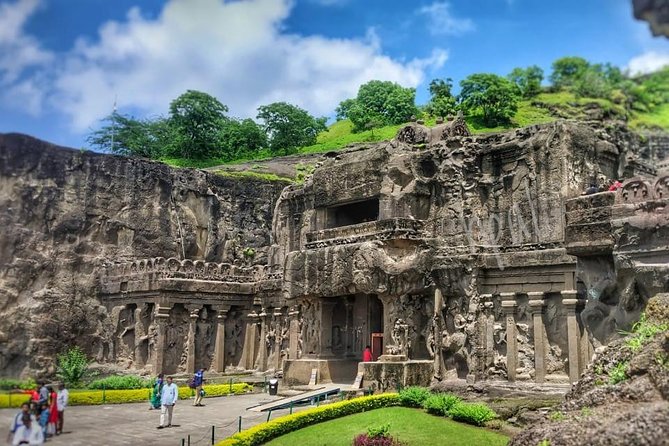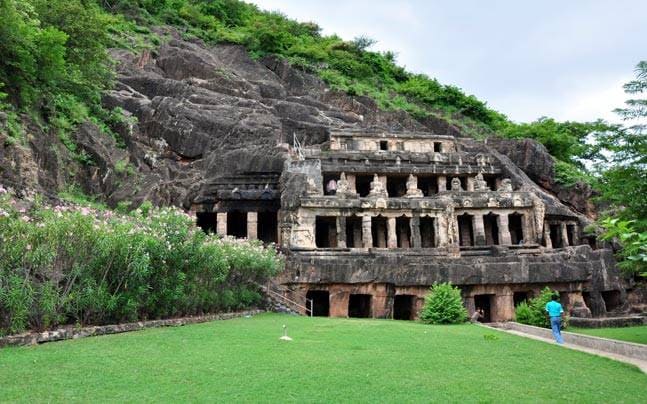Ajanta & Ellora: Architectural Wonders in India

An epitome of architectural brilliance in India, the Ajanta and Ellora caves are one of the UNESCO World Heritage Sites and seven wonders of India. They are located at a distance of about 95 km from each other near Aurangabad in Maharashtra, India. Both caves have their beauty, style, and purpose of creation as Ajanta caves are mainly Buddhist cave monuments and Viharas, whereas Ellora caves consist of Buddhist, Jain, and Hindu temples. These murals and sculptures are the masterpieces of Buddhist religious art and have an important role in the development of arts and sculptures in India.
History of Ajanta and Ellora caves
Ajanta caves are said to be evolved around the 2nd century BCE to 480 or 650 CE. They were partly built over several years. According to historians, during several dynasties as Sat vahana period and Vakataka Period, this rock-cave architecture evolved. The site of Ajanta caves remained unnoticed until 1819 when they were discovered by a British officer. Ellora caves date back to the 5th and 10th centuries CE.

Features of Ajanta caves
The paintings and sculptures in Ajanta caves are based on the life of Buddha and Jataka stories. They include both Hinayana (Theravada) and Mahayana traditions. These caves are sitting in a crescent shape in the form of a huge horseshoe. These caves are located in the Sahyadri ranges on the Waghora river near Aurangabad. Among 29 Ajanta caves, 4 were used as prayer halls and 25 were used as Viharas or residential caves. Caves 1,2 and 4 are the important ones as Cave 1 displays a grand doorway adorned with Bodhisattva murals and sidewalls depicting two important phases of Buddha’s life. In Cave 2, the beautiful ceiling with intricate abstract designs of devils, birds, fruits, and flowers catches attention. Cave 4 is one of the largest monasteries in Ajanta.

Features of Ellora caves
The Ellora caves were developed during the 5th century and 11th century AD by several dynasties from Vidarbha, Karnataka, and Tamil Nādu. They are the large rock-cut Hindu temple caves in the world, built side by side in a high basalt cliff wall. Later these structures were brought out of the vertical face of the Charanandri hills. Ellora caves are a group of 100 caves, out of which 34 caves are open to the public. In these 34 caves, 17 caves are dedicated to Hinduism, 12 are dedicated to Buddhism and 5 caves are themed around Jainism. The most significant feature of the Ellora caves is the Kailasa temple which is the largest single monolithic rock excavation in the world.
In Ellora caves, 1,2, and 16 are the famous ones. Cave 1 comprises a vihara and 8 monastic cells. Cave 2 has 12 ornate square pillars with a special attraction of Maitreya Buddha, Padmapani, and Lord Buddha. Cave 16 represents the Kailasa temple which is the famous pilgrimage site for Hindus.
Best time to visit The most favorable time to visit Ajanta Ellora is from June to March, as summers may have significantly higher temperatures.